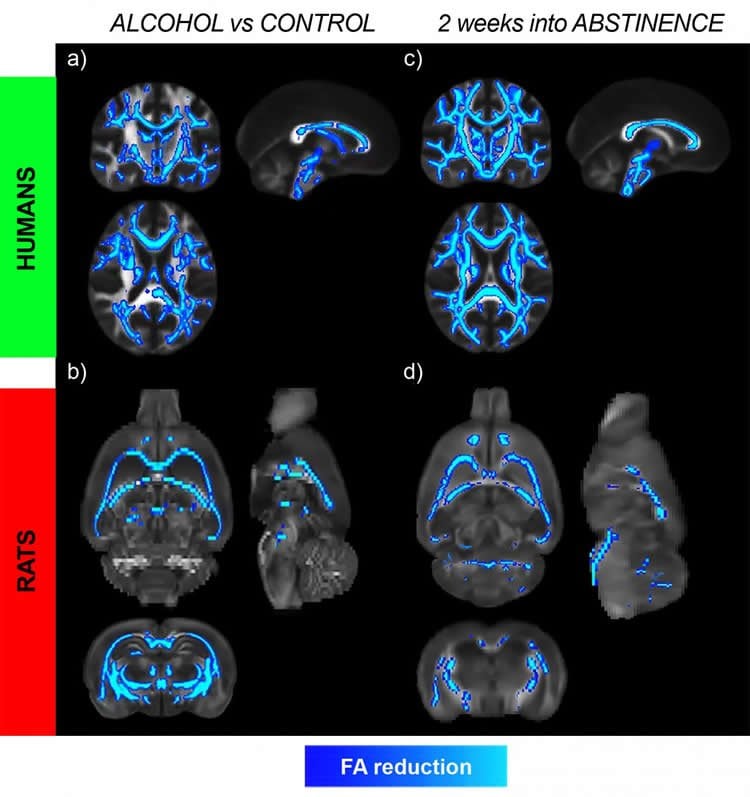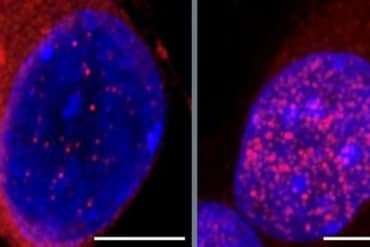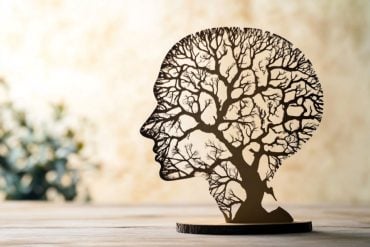Summary: Contrary to popular belief that brain changes begin to normalize immediately after ceasing alcohol consumption, a new study reveals damage to the brain continues during the first weeks of abstinence.
Source: CSIC
Although the harmful effects of alcohol on the brain are widely known, the structural changes observed are very heterogeneous. In addition, diagnostic markers are lacking to characterize brain damage induced by alcohol, especially at the beginning of abstinence, a critical period due to the high rate of relapse that it presents.
Now, a joint work of the Institute of Neuroscience CSIC-UMH, in Alicante, and the Central Institute of Mental Health of Mannheim, in Germany, has detected, by means of magnetic resonance, how the damage in the brain continues during the first weeks of abstinence, although the consumption of alcohol ceases.
The research, published today in JAMA Psychiatry, whose first author is Silvia de Santis, shows that six weeks after stopping drinking there are still changes in the white matter of the brain, as revealed by the neuroimaging study carried out on ninety voluntary patients interned for his rehabilitation treatment in a German hospital.
The results of this work are surprising, explains Dr. Santiago Canals, of the Institute of Neurosciences CSIC-UMH, who has coordinated the research: “Until now, nobody could believe that in the absence of alcohol the damage in the brain would progress”.
Ninety patients with an average age of 46 years hospitalized because of an alcohol use disorder participated in this study. To compare the brain magnetic resonances of these patients, a control group without alcohol problems was used, consisting of 36 men with an average age of 41 years.
“An important aspect of the work is that the group of patients participating in our research are hospitalized in a detoxification program, and their consumption of addictive substances is controlled, which guarantees that they are not drinking any alcohol. Therefore, the abstinence phase can be followed closely”, highlights Dr. Canals.
Another differential characteristic of this study is that it has been carried out in parallel in a model with Marchigian Sardinian rats with a preference for alcohol, which allows for monitoring the transition from normal to alcohol dependence in the brain, a process that is not possible to see in humans”, explains Dr. De Santis.
The damages observed during the period of abstinence affect mainly the right hemisphere and the frontal area of the brain and reject the conventional idea that the microstructural alterations begin to revert to normal values immediately after abandoning the consumption of alcohol.

With the consumption of alcohol “there is a generalized change in the white matter, that is, in the set of fibers that communicate different parts of the brain. The alterations are more intense in the corpus callosum and the fimbria. The corpus callosum is related to the communication between both hemispheres. The fimbria contains the nerve fibers that communicate the hippocampus, a fundamental structure for the formation of memories, the nucleus accumbens and the prefrontal cortex, “explains Dr. Canals. The nucleus accumbens is part of the reward system of the brain and the prefrontal cortex is fundamental in decision making.
The researchers from Alicante and Germany now try to characterize the inflammatory and degenerative processes independently and more precisely, in order to investigate the progression during the early abstinence phase in people with alcohol abuse problems.
Source:
CSIC
Media Contacts:
Pilar Quijada – CSIC
Image Source:
The image is credited to Silvia de Santis.
Original Research: Closed access
“Microstructural White Matter Alterations in Men With Alcohol Use Disorder and Rats With Excessive Alcohol Consumption During Early Abstinence”
Silvia De Santis, PhD; Patrick Bach, MD; Laura Pérez-Cervera, MSc; Alejandro Cosa-Linan, PhD; Georg Weil, MD; Sabine Vollstädt-Klein, MD; Derik Hermann, MD; Falk Kiefer, MD; Peter Kirsch, MD; Roberto Ciccocioppo, PhD; Wolfgang H. Sommer, MD, PhD; Santiago Canals, PhD
JAMA Psychiatry. 2019 doi:10.1001/jamapsychiatry.2019.0318
Abstract
Microstructural White Matter Alterations in Men With Alcohol Use Disorder and Rats With Excessive Alcohol Consumption During Early Abstinence
Importance Although the detrimental effects of alcohol on the brain are widely acknowledged, observed structural changes are highly heterogeneous, and diagnostic markers for characterizing alcohol-induced brain damage, especially in early abstinence, are lacking. This heterogeneity, likely contributed to by comorbidity factors in patients with alcohol use disorder (AUD), challenges a direct link of brain alterations to the pathophysiology of alcohol misuse. Translational studies in animal models may help bridge this causal gap.
Objective To compare microstructural properties extracted using advanced diffusion tensor imaging (DTI) in the brains of patients with AUD and a well-controlled rat model of excessive alcohol consumption and monitor the progression of these properties during early abstinence.
Design, Setting, and Participants This prospective observational study included 2 cohorts of hospitalized patients with AUD (n = 91) and Marchigian Sardinian alcohol-preferring (msP) rats (n = 27). In humans cross-sectional comparison were performed with control participants (healthy men [n = 36]) and longitudinal comparisons between different points after alcohol withdrawal. In rats, longitudinal comparisons were performed in alcohol-exposed (n = 27) and alcohol-naive msP rats (n = 9). Human data were collected from March 7, 2013, to August 3, 2016, and analyzed from June 14, 2017, to May 31, 2018; rat data were collected from January 15, 2017, to May 12, 2017, and analyzed from October 11, 2017, to May 28, 2018.
Main Outcomes and Measures Fractional anisotropy and other DTI measures of white matter properties after long-term alcohol exposure and during early abstinence in both species and clinical and demographic variables and time of abstinence after discharge from hospital in patients.
Results The analysis included 91 men with AUD (mean [SD] age, 46.1 [9.6] years) and 27 male rats in the AUD groups and 36 male controls (mean [SD] age, 41.7 [9.3] years) and 9 male control rats. Comparable DTI alterations were found between alcohol and control groups in both species, with a preferential involvement of the corpus callosum (fractional anisotropy Cohen d = −0.84 [P < .01] corrected in humans and Cohen d = −1.17 [P < .001] corrected in rats) and the fornix/fimbria (fractional anisotropy Cohen d = −0.92 [P < .001] corrected in humans and d = −1.24 [P < .001] corrected in rats). Changes in DTI were associated with preadmission consumption patterns in patients and progress in humans and rats during 6 weeks of abstinence. Mathematical modeling shows this process to be compatible with sustained demyelination and/or a glial reaction.
Conclusions and Relevance Using a translational DTI approach, comparable white matter alterations were found in patients with AUD and rats with long-term alcohol consumption. In humans and rats, a progression of DTI alterations into early abstinence (2-6 weeks) suggests an underlying process that evolves soon after cessation of alcohol use.






